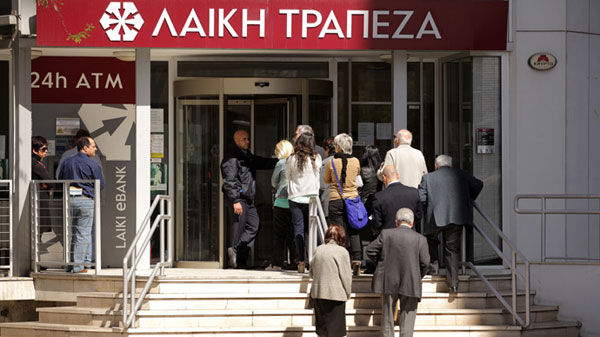Why was it necessary for the European authorities to force Ireland to accept a painful “rescue” package that the Irish themselves said wasn’t necessary?One reason is that the Irish banks were offsetting the haemorrhage of billions of foreign deposits by making huge drawings on the European Central Bank’s short-term loan facility, at an annual interest rate of just 1 per cent for three-month money.
By the end of October these cheap loans reached €130 billion, or 84 per cent of Ireland’s GDP. The FT says that any amount of such easy money above 10 per cent of GDP “looks like a subsidy.”
The Eurocrats were alarmed at the way a facility designed to deal with very short term liquidity crises was being used for a long-term objective – effectively recapitalization of Irish banks that are fundamentally insolvent, with the real value of their assets far below their liabilities.
The other reason was that the Germans and the British, in particular, were alarmed at the risk to their own banks from their huge exposures to the dodgy ones in Ireland.
If the Irish institutions were to collapse, German and British banks such as the UK government-owned Royal Bank of Scotland would be forced to recognize huge losses on their Irish investments, which in turn would require their governments to mount expensive rescue operations for their own institutions.
For its share of the multi-nation bailout package for Ireland, Germany got away with a commitment of the equivalent of just $17 billion to insure against default of the $139 billion lent to Irish banks by German banks. Forcing the Irish to accept a bailout was the cheaper and politically more comfortable option for European governments.
However, kicking the ball down the road merely delays the pain of what will eventually have to be faced – restructuring European banks to wipe out their burden of toxic debt.
CopyRight – OnTarget December 2010 by Martin Spring







